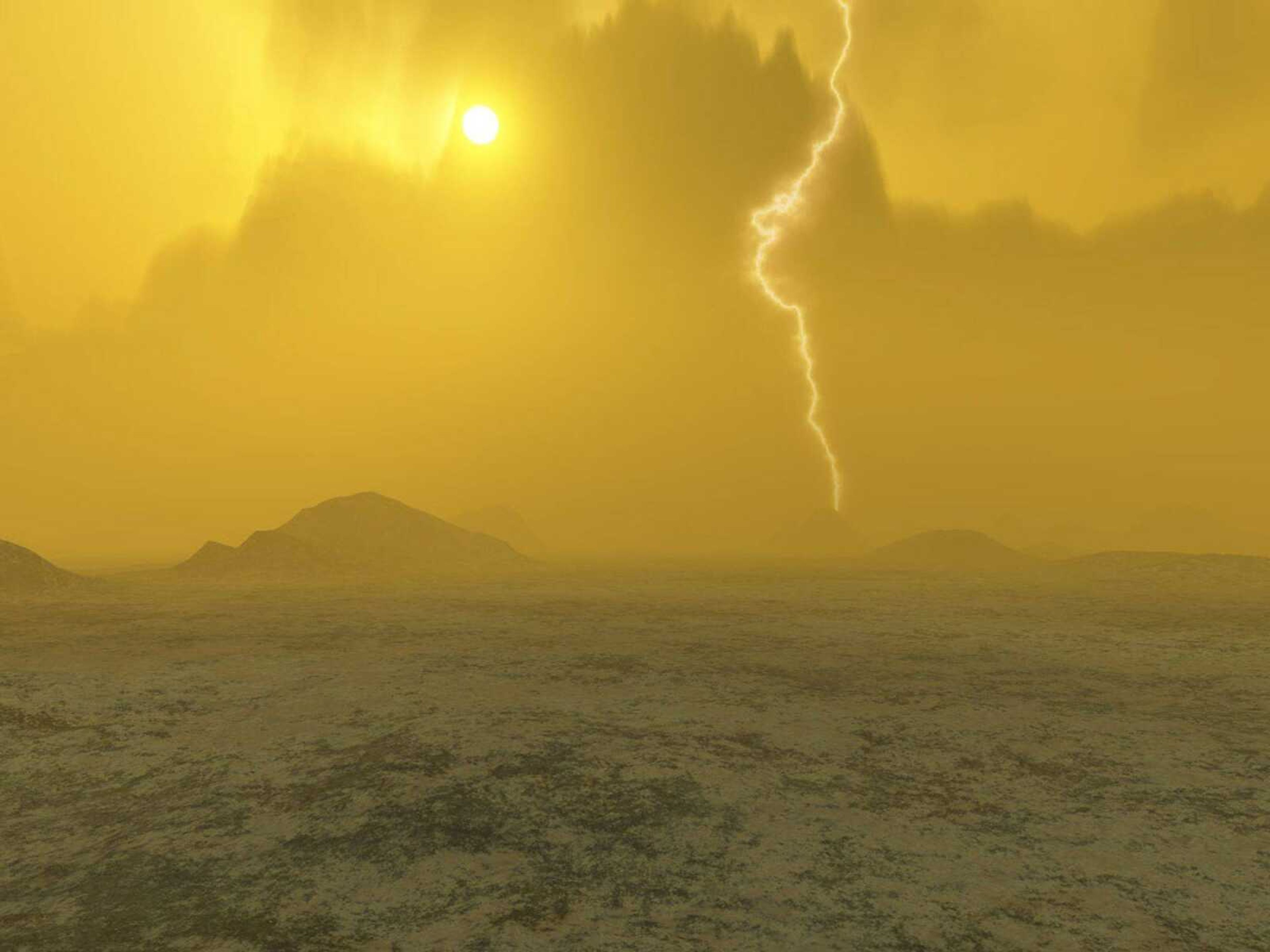Probe confirms that Venus has bursts of lightning
WASHINGTON -- Nearby Venus is looking a bit more Earth-like with frequent bursts of lightning confirmed by a new European space probe. For nearly three decades, astronomers have said Venus probably had lightning -- ever since a 1978 NASA probe showed signs of electrical activity in its atmosphere. But experts weren't sure because of signal interference...
WASHINGTON -- Nearby Venus is looking a bit more Earth-like with frequent bursts of lightning confirmed by a new European space probe.
For nearly three decades, astronomers have said Venus probably had lightning -- ever since a 1978 NASA probe showed signs of electrical activity in its atmosphere. But experts weren't sure because of signal interference.
Now a magnetic antenna on the European Space Agency's Venus Express probe proved that the lightning was real.
"We consider this to be the first definitive evidence of abundant lighting on Venus," David Grinspoon of the Denver Museum of Nature and Science told reporters Wednesday at a briefing in Paris.
The finding is significant because lightning affects atmospheric chemistry, so scientists will have to take it into account as they try to understand the planet's atmosphere and climate, he said.
The lightning is cloud-to-cloud and about 35 miles above the surface, said University of California, Los Angeles geophysics professor C.T. Russell, lead author of a paper on the Venusian fireworks.
Connect with the Southeast Missourian Newsroom:
For corrections to this story or other insights for the editor, click here. To submit a letter to the editor, click here. To learn about the Southeast Missourian’s AI Policy, click here.








